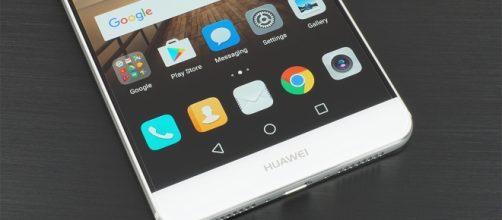Many Android users prefer the stock version of Google’s Operating System to get the pure Android experience. What most people don’t know is that many of the features that stock Android offer was heavily influenced by other smartphone manufacturers such as Samsung, LG, and HTC.
OEMs don’t just put their trademark skins on Android but also made a few tweaks that impressed Google so much that the company integrated those tweaks to later versions of its operating system.
Below is the features stock Android have thanks to OEMs.
Android’s quick settings
The Android version 2.3, or Gingerbread, didn’t have the quick settings wherein users can quickly turn on and off the WiFi or Bluetooth on their smartphones. The quick settings feature was introduced by Samsung’s TouchWiz 4.0, which is the company’s name for their user interface of their devices.
Google didn’t support the quick settings until the release of Android 4.0 or Ice Cream Sandwich and is now a very common feature for all Android devices.
Full-screen app data
The Google Launcher shows multiple data from several sources when users swipe their screen to the right. It features social media updates, the weather and news around the world depending on the user’s settings.
However, this feature was not an original by Google and instead debuted on the HTC One M7 called Blinkfeed. Samsung quickly followed suit with their own version called Flipboard Briefings, which came preinstalled on their Galaxy S6 and S7 devices.
LG also released a similar feature called Smart Notice for the LG G3 which provides additional information about the weather, traffic, and memos.
Multi-window
The multi-window feature is now a standard since Android 7.0 Nougat. Samsung and LG were the first OEMs to offer this feature even before Google implemented it on their operating system.
Samsung released its multi-window feature with the launch of the Galaxy S3. Meanwhile, LG released its split-view with the launch of the G3.
Fingerprint scanner API
The first Android manufacturers to introduce fingerprint scanning were Samsung and LG that were trying to keep up with Apple’s iPhone. However, their Fingerprint application program interface (API) was limited to only Samsung and LG, thus making it difficult for developers to create useful apps that use fingerprint technology.
Fortunately, the Universal Fingerprint API was introduced with the launch of Android 6.0 Marshmallow that meant developers don’t need to use OEM-specific software development kits (SDK) to support the feature.


